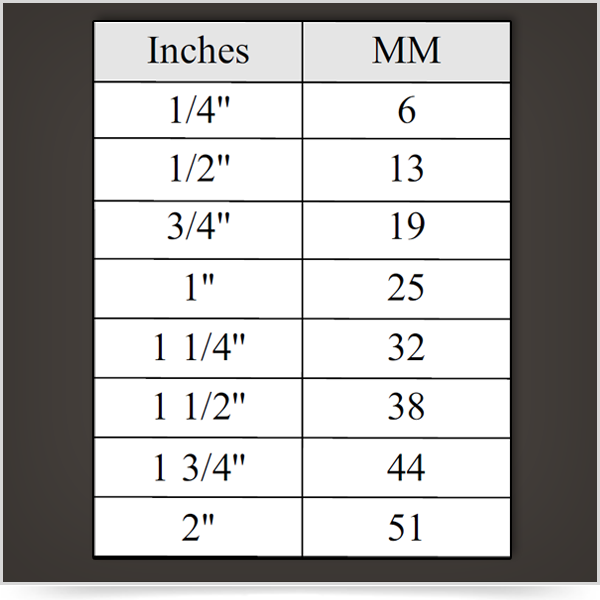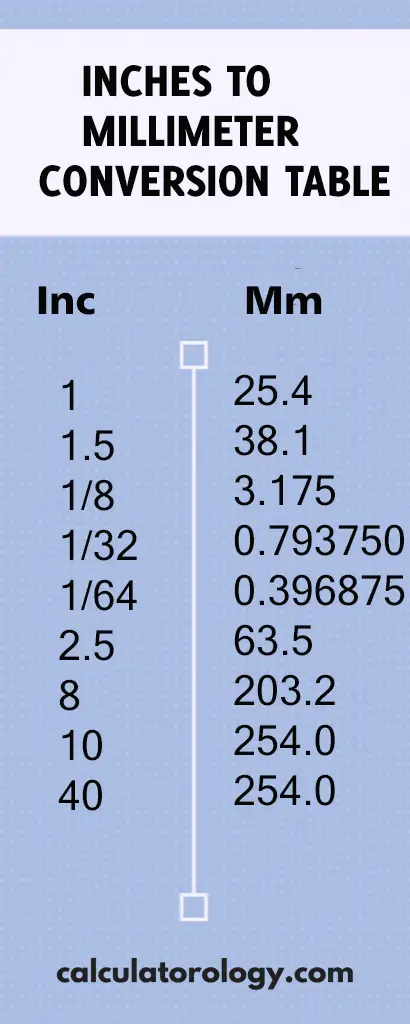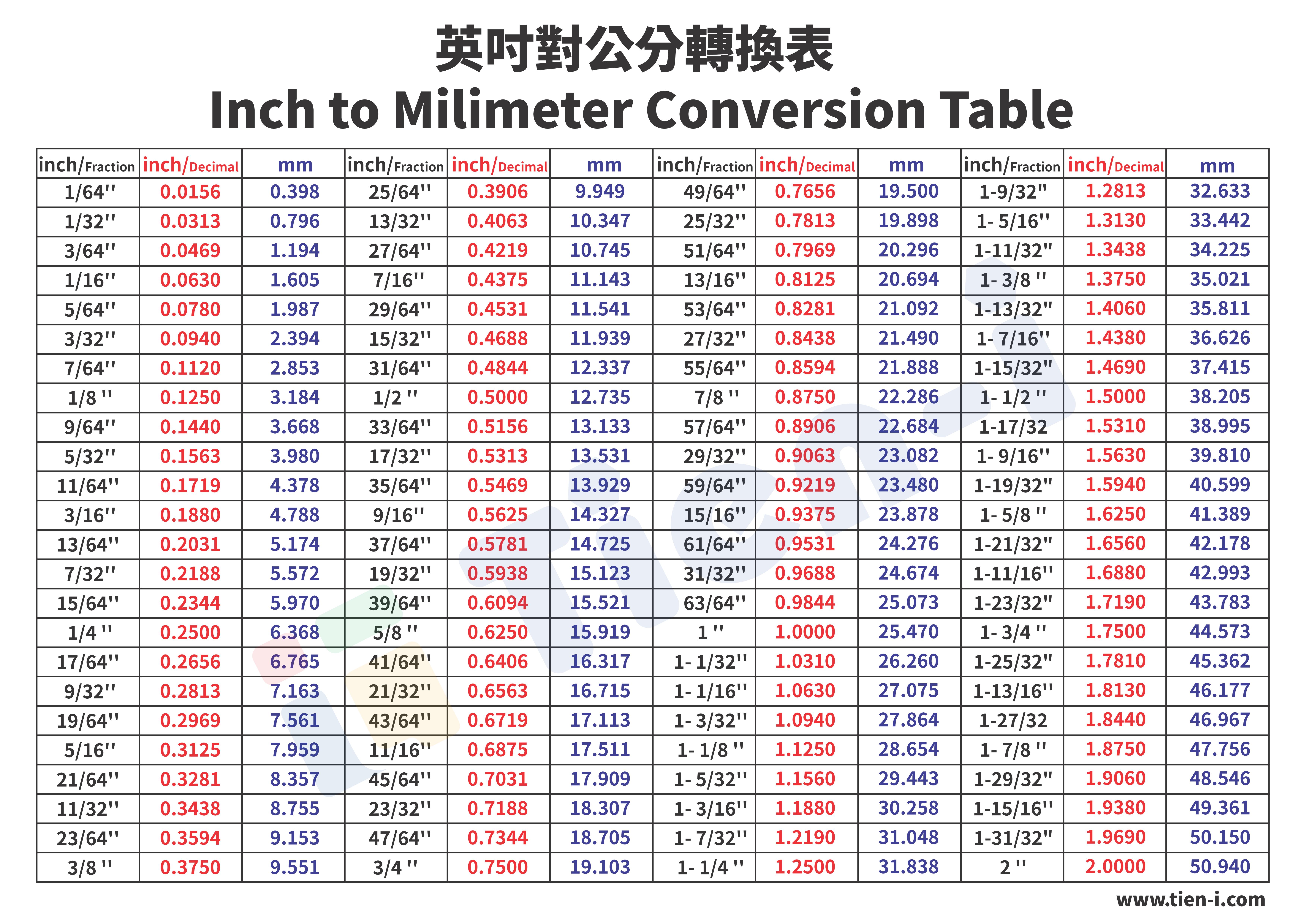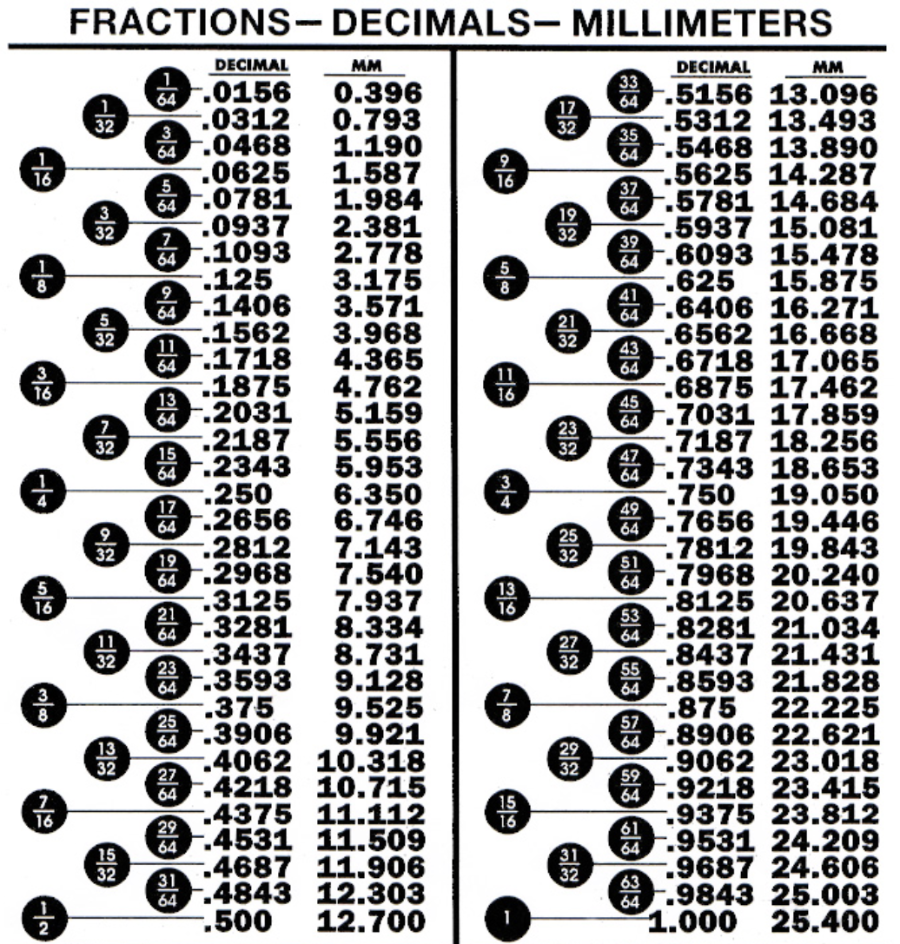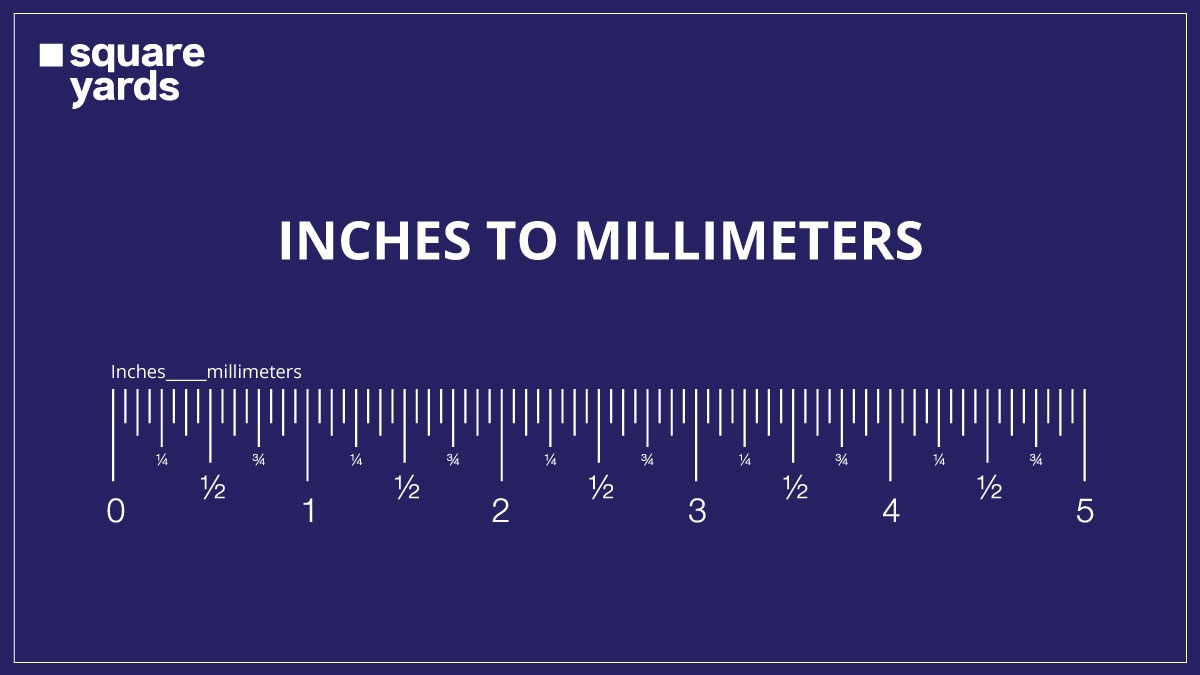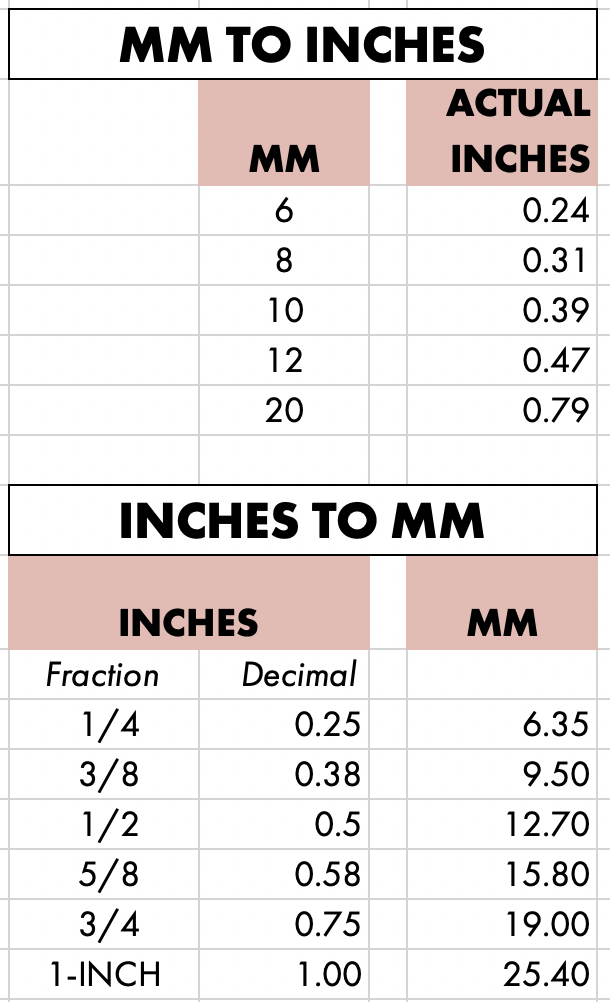11.5 Mm Is How Many Inches
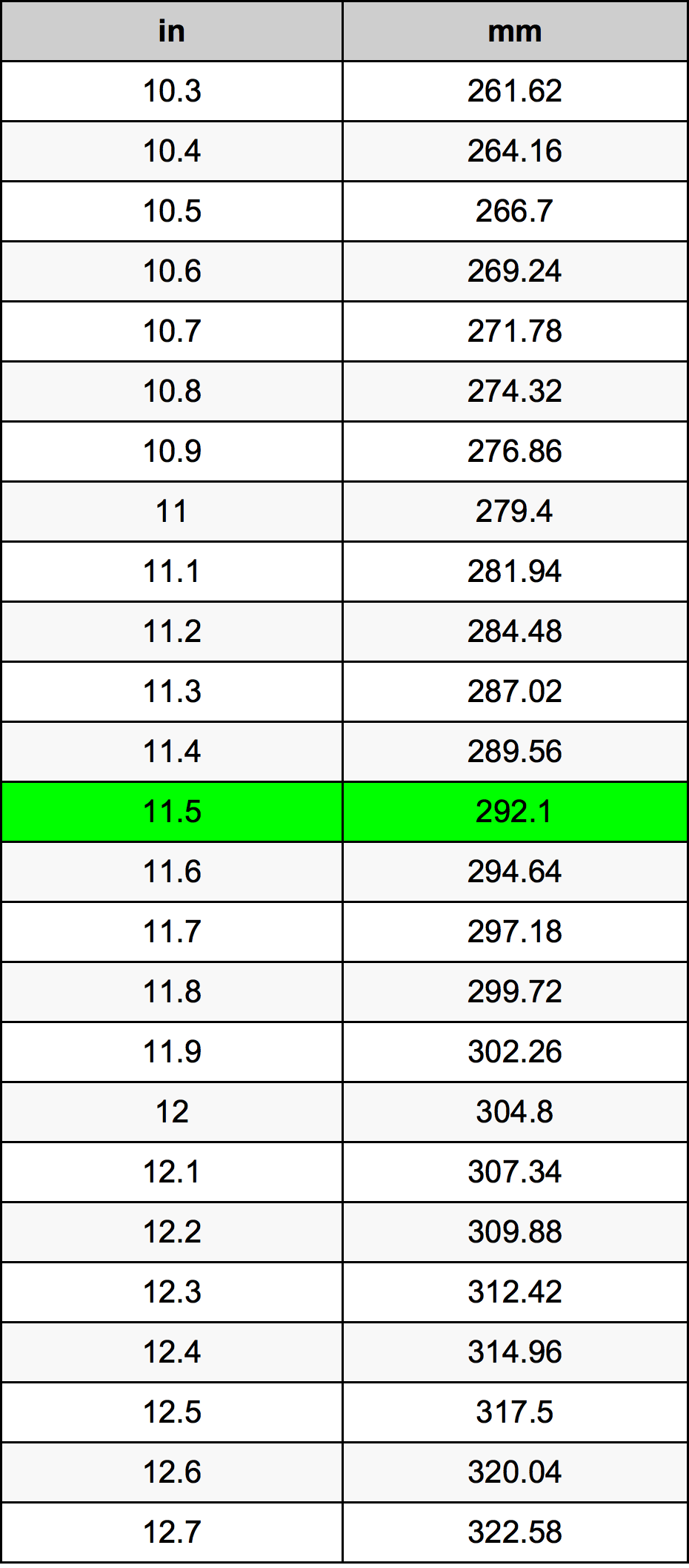
The unassuming question, "11.5 mm is how many inches?" might seem trivial at first glance. However, beneath its mathematical simplicity lies a critical intersection of measurement systems, impacting everything from engineering tolerances to international trade and even everyday consumer choices.
This seemingly simple conversion highlights the ongoing tension between the metric system, used by the majority of the world, and the imperial system, still prevalent in the United States. Misunderstandings or inaccuracies in this conversion can lead to significant errors in manufacturing, construction, and scientific research, underscoring the importance of accuracy and clear communication.
This article will delve into the precise conversion of 11.5 millimeters to inches, explore the practical implications of this conversion across various sectors, and examine the broader context of the metric versus imperial debate.
The Conversion: A Precise Calculation
The accurate conversion of millimeters to inches is crucial for many applications. One inch is defined as exactly 25.4 millimeters. Therefore, to convert millimeters to inches, you divide the millimeter value by 25.4.
In this specific case, 11.5 millimeters divided by 25.4 equals approximately 0.452756 inches. For practical purposes, this is often rounded to 0.453 inches or even 0.45 inches, depending on the required level of precision.
This conversion factor (25.4 mm/inch) is a universally accepted standard, ensuring consistency across different fields and industries. The National Institute of Standards and Technology (NIST), a US government agency, maintains rigorous standards for measurement and calibration, emphasizing the importance of accurate conversions like this one.
Real-World Applications and Implications
The conversion of 11.5 mm to inches, or any millimeter-to-inch conversion, has wide-ranging applications. In manufacturing, precise measurements are crucial for ensuring that parts fit together correctly. Any error, even a fraction of an inch, can lead to faulty products or even safety hazards.
Consider the production of electronic components. The dimensions of circuit boards and other components are often specified in millimeters. However, if a manufacturing plant in the US is using imperial measurements, accurate conversion is paramount to avoid errors. A slight deviation from the intended size, based on an inaccurate conversion, can render the entire batch useless.
In the construction industry, similar concerns exist. The dimensions of building materials, such as pipes and fittings, often need to be converted between metric and imperial units. Incorrect conversions can lead to misaligned structures, leaks, and other costly problems.
Impact on International Trade
International trade further complicates the situation. Products manufactured in countries that use the metric system are often sold in the United States, and vice versa. This requires careful conversion of dimensions to ensure that products meet the specifications of the target market.
Inconsistencies in measurement can lead to trade barriers. For example, if a product is manufactured to metric specifications but is mistakenly labeled with imperial dimensions, it may be rejected by customs officials or by consumers who are expecting different measurements.
The World Trade Organization (WTO) encourages the use of internationally recognized standards, including the metric system, to facilitate trade. However, the continued use of the imperial system in the US presents a persistent challenge.
The Metric vs. Imperial Debate: A Continuing Dialogue
The debate between the metric and imperial systems is long-standing. The metric system, based on powers of ten, is generally considered easier to learn and use. The imperial system, with its various units and irregular conversion factors, is often seen as more complex.
Despite the advantages of the metric system, the United States remains one of the few countries in the world that has not fully adopted it. There have been numerous attempts to transition to the metric system in the US, but these efforts have been met with resistance due to cost concerns and cultural preferences.
Advocates of the metric system argue that its adoption would improve the competitiveness of US businesses in the global market. They also point to the reduced risk of errors and the increased efficiency that comes with using a simpler system.
"The metric system is the language of science and technology, and its adoption would benefit all sectors of the US economy," argues the US Metric Association, a non-profit organization that promotes the adoption of the metric system in the United States.
The Role of Education
Education plays a crucial role in bridging the gap between the two systems. Students in the US are typically taught both metric and imperial units, but the emphasis is often on the latter. A greater focus on the metric system in schools could help to prepare future generations for a world where the metric system is increasingly dominant.
Continuing education for professionals is also important. Engineers, architects, and other professionals need to be proficient in both systems to work effectively in a globalized world.
NIST provides resources and training materials to help businesses and individuals learn about the metric system and improve their measurement skills. These resources can be valuable for those who need to convert between metric and imperial units on a regular basis.
Conclusion: The Importance of Precision
The conversion of 11.5 mm to inches, though a simple calculation, highlights the importance of accurate measurements in a variety of fields. The implications of inaccurate conversions can be significant, affecting everything from manufacturing quality to international trade relationships.
As the world becomes increasingly interconnected, the need for standardized measurements becomes even more pressing. While the debate between the metric and imperial systems is likely to continue, the importance of precision and accuracy in measurement will remain paramount.
Ultimately, understanding and utilizing accurate conversion factors, like the one for converting millimeters to inches, is essential for success in a globalized world. Investing in education and resources related to measurement systems is a crucial step towards ensuring accuracy and efficiency in various industries and sectors.


